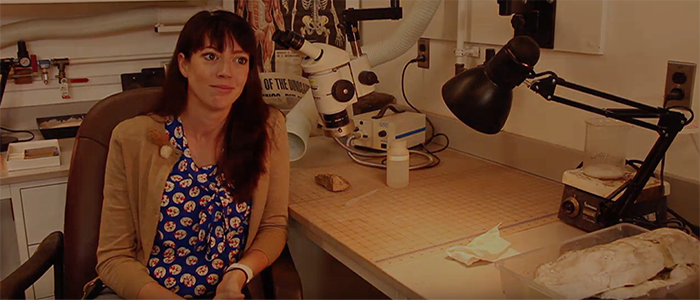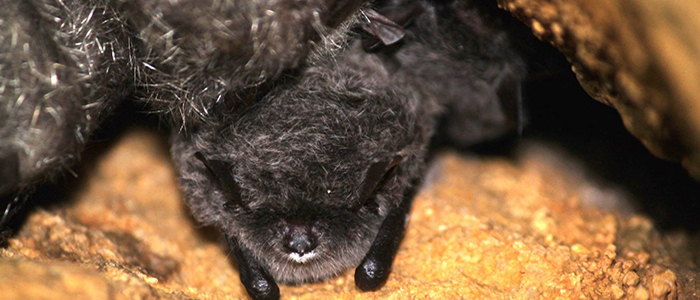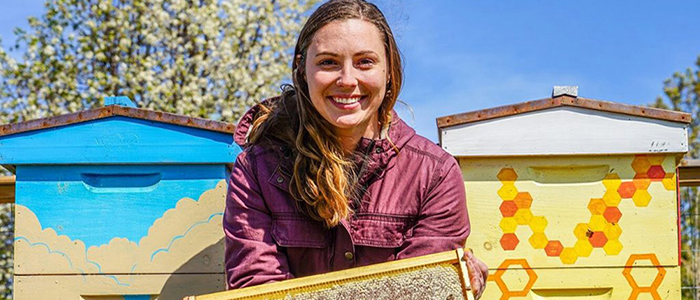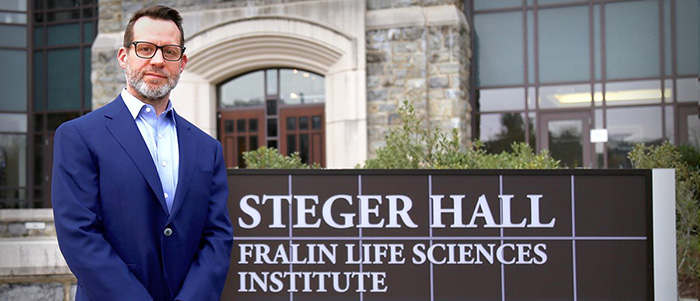[vc_row][vc_column][vc_column_text]From VT News | March 25, 2020
[/vc_column_text][/vc_column][/vc_row][vc_row][vc_column][vc_column_text]
“They used the figures, terms, and actual specimens to learn the material,” said Stocker, assistant professor of geobiology. “Some can learn by looking at the specimens intensely, and others take to drawing it all out. A lot of students have notebooks in which they draw the different skull elements or specific anatomical views.”
That in-person environment presented a challenge to Stocker when figuring out how to best replicate the class in a distance-learning format. “This class is very much in-person, looking at physical objects,” Stocker said. “It’s quite a transition to be making. I think it’s actually going to work pretty well for the future.”
That successful transition didn’t happen on its own, though. Making it happen took talent, networking, and good old-fashioned Hokie hustle.
“We went into scramble mode a little bit,” Stocker said. “I grabbed the specimens I thought would be most interest or most useful for students to see for the rest of course. I can do in-person demonstrations for them, pointing out different features.”
By “in-person demonstrations,” Stocker is talking about streaming video from her home. As she spoke, the professor was sitting in her basement, surrounded by boxes of bones. As she talked, Stocker plucked specimens and held them up to her web camera.
“Here’s dog skull that’s been prosected by the vet school so we can look at cranial nerves,” Stocker said. “Here are boxes of articulated and disarticulated snakes. An armadillo. Lizards, and other crocodylians. I’ve got a box of hands and feet of mammals on floor, and 3D prints of platypus parts.”
Stocker has built on that foundation of physical specimens with online tools. She’s networked with a colleague at the University of Florida to tap into oVert, a multi-institutional project funded by the National Science Foundation that aims to make available CT scans of all genera of vertebrates, as well as Duke University’s MorphoSource, which has published roughly 27,000 published 3D models of biological specimens.
Stocker and her teaching assistant, Ph.D. candidate Christopher Griffin, are not only drawing on these resources to benefit her students, but they are synthesizing them with her lab demonstrations to develop an engaging distance-learning experience. And she’s doing this while balancing schedules with her husband, Sterling Nesbitt, assistant professor of geobiology in Virginia Tech’s Department of Geosciences, and parenting their three-year-old.
“Flexibility and persistence is what it’s about right now,” Stocker said.
As evolving to the changing landscape of higher education during a pandemic, Stocker and other Virginia Tech faculty are adapting on the fly and building new ways to teach students while also providing a sense of reassurance.
“We want to take care of the students and make sure they’re learning what you want them to learn, but also in times like this we want to make sure they have some sense of normalcy,” Stocker said. “For the group right now, every Monday and Wednesday, we come in and look a skeletons together. We’re keeping that going. We’re doing our job as professors and teachers, and getting them to learn the material, but also just being there for the students.”
In doing so, Stocker and others are showing how Virginia Tech’s motto of Ut Prosim (That I May Serve) not only endures but thrives, even during a pandemic.
For more information about Virginia Tech and its approach to the coronavirus, please read the university’s page on the topic.
— Written by Mason Adams
[/vc_column_text][vc_separator style=”shadow”][/vc_column][/vc_row][vc_row][vc_column][vc_video link=”https://www.youtube.com/watch?v=zLz7F2tOFaw”][/vc_column][/vc_row]







